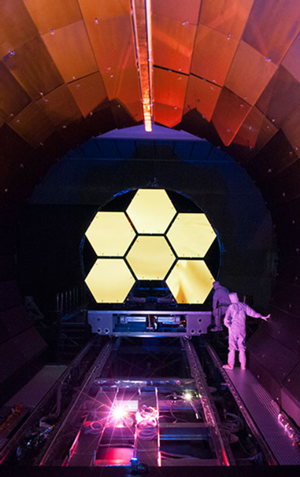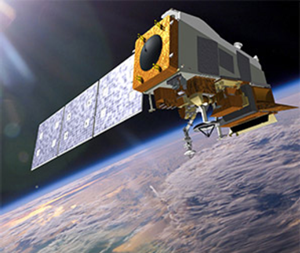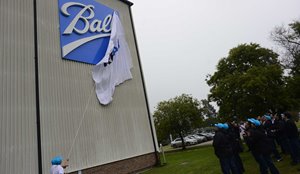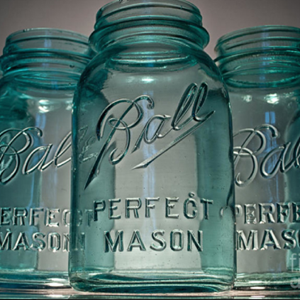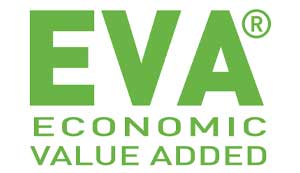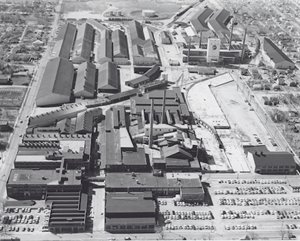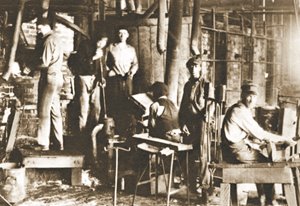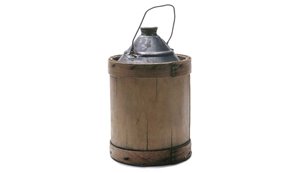
From Wood-Jacketed Tins To Aerospace and Global Can Leadership
Our legacy is characterized by ingenuity and a forward-thinking vision – Ball produces the highest quality products that make a positive contribution to our customers’ lives. While the scale of our operations today is global, our beginnings were humble. In 1880, five brothers founded Ball with a $200 loan from their Uncle George. They started out making wood-jacketed tin cans for products like paint and kerosene, but soon expanded their offerings to glass and tin-jacketed containers. In 1884, they began making glass home-canning jars, the product that made Ball a household name. The brothers — Edmund, Frank, George, Lucius and William — moved the company from Buffalo, New York, to Muncie, Indiana, in 1887 to take advantage of abundant natural gas reserves and expand production.
Over the course of our long history, Ball has entered more than 45 businesses. Although we no longer manufacture the eponymous canning jars, we have grown into a worldwide aluminum packaging and space technology company. We make billions of recyclable aluminum containers and operate an aerospace business that designs one-of-a-kind solutions to address many of today’s greatest scientific and technical challenges. Our manufacturing operations span four continents, and our company headquarters are located in Westminster, Colorado.
The Ball Family
Ball – a household name that remains familiar across the U.S. and around the world.
The Ball brothers were raised in eastern Ohio, in Grand Island on the Niagara River, and on the shore of Lake Canandaigua, New York. Their father, Lucius Ball, was a farmer, inventor and respected citizen who instilled confidence and a belief that they could succeed in whatever business they undertook. Maria Ball, a schoolteacher, gave her children love, inspiration and direction, urging them to go into business together. In 1880, the Ball brothers established a company that would eventually become an international success story.
Parents Lucius Styles Ball (1814-1878) and Maria Polly Bingham Ball (1822-1892) had six sons and two daughters:
Children:
- Lucina Amelia (1847-1901)
- Lucius Lorenzo (1850-1932)
- William Charles (1852-1921)
- Edmund Burke (1855-1925)
- Frank Clayton (1857-1943)
- Mary Frances (1860-1926)
- George Alexander (1862-1955)
- Clinton Harvey (1867-1869)
The Ball Brothers
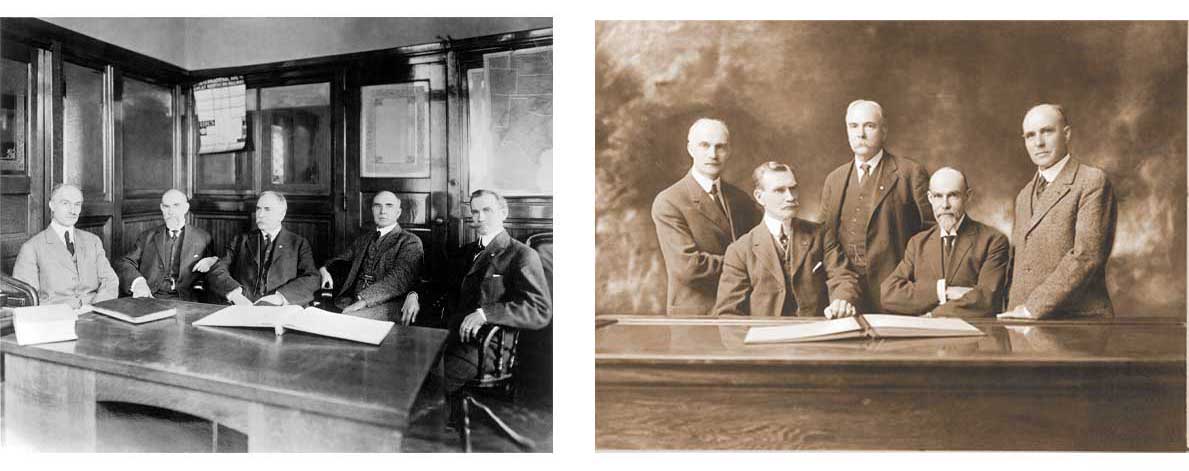
Edmund B. Ball - 1855-1925
Edmund secured the $200 from Uncle George to buy the Wooden Jacket Can Co., the forerunner of Ball Corporation. He served as secretary and treasurer of the newly incorporated Ball Brothers Glass Manufacturing Company. Ed was well-liked by plant employees who once presented him with a gold pocket watch to signify their adoration and appreciation. He was also known for his commitment to humanitarian projects, although he preferred to stay in the background. Ed’s estate provided the original funding for the Ball Brothers Foundation and its first major project, Ball Memorial Hospital in Muncie, was completed four years after his death. His son, Edmund F. Ball, went on to serve the company as chairman, president and CEO for 18 years.
Frank C. Ball - 1857-1943
An early salesman for the Wooden Jacket Can Co., Frank was responsible for moving the company from Buffalo to Muncie, Ind., in 1887. Frank served as the company’s first president for 63 years.
George A. Ball - 1862-1955
George served the company as bookkeeper, secretary, treasurer, vice president, president and board chairman. He participated in the company's evolution from its early days of making kerosene cans and fruit jars to its current leadership at the threshold of the space age. He served on the boards of numerous organizations including Borg-Warner Corporation, Nickel Plate Railroad, Indiana University, Ball State Teachers College (known today as Ball State University) and Ball Memorial Hospital. In 1935, he became the owner of the Nickel Plate Railroad. He was also a Republican national committeeman for several years.
Lucius L. Ball - 1850-1932
Lucius fulfilled his lifelong ambition – after he had seen to it that his younger brothers and sisters were educated and established – to study and become a physician at the age of 40. He was a quiet, thoughtful, compassionate man with a shy sense of humor. In addition to his private medical practice, he served as medical adviser for the Western Reserve Life Insurance Company, then located in Muncie, Ind.
William C. Ball - 1852-1921
William had a reputation of being a tremendously effective salesman. He served the company as a salesman and its secretary until his death at age 69.
History of Ball
Timeline
The Ball brothers' spirit of optimism and resilience lives on today in everything we do. Our approach has always been “We Can” and, in the 21st century, we remain true to our roots.
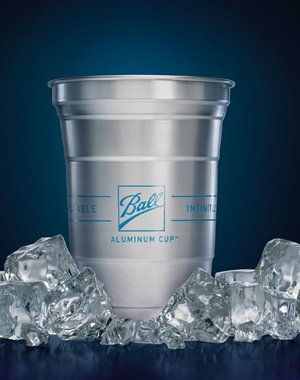
2019
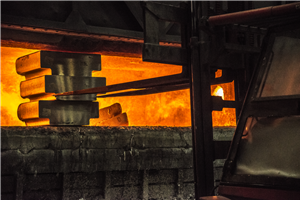
2010
- Neuman Aluminum, then the leading North American manufacturer of the base material used in extruded aerosol cans, beverage bottles, aluminum collapsible tubes, and technical impact extrusions.
- Aerocan S.A.S., a leading supplier of aluminum aerosol cans and bottles in Europe


